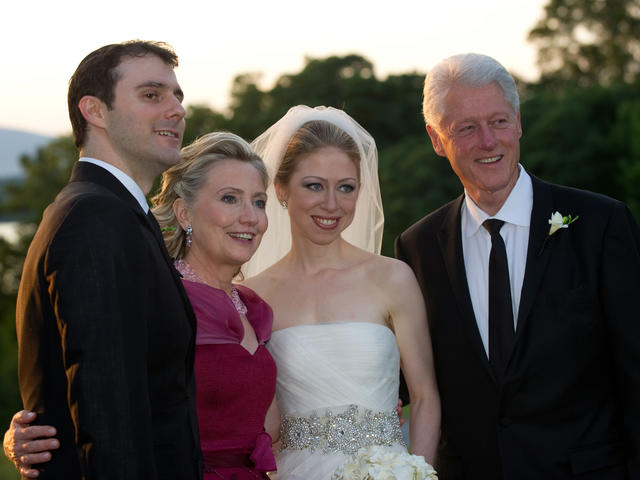Sheehy on Hillary Clinton’s marriage to a Pygmalion
By Leah Garchik
San Francisco Chronicle
September 21, 2014
Just after probable presidential candidate Hillary Rodham Clinton, accompanied by her husband, Bill Clinton, appeared together in Iowa, I talked with Gail Sheehy, whose new memoir is “Daring: My Passages.” Sheehy has earned a reputation as a world-famous journalist and writer of best-selling books, including “Passages.” But like Hillary Clinton, about whom she has written extensively, her professional achievements are intertwined with those of her late husband and mate, noted editor Clay Felker. Much of Sheehy’s personal success was achieved with Felker at her side, and, often, in the editor’s chair.
A day or so after the Clinton trip to Iowa, Sheehy — who lived here with Felker when he founded the Felker Magazine Course at the UC Berkeley Graduate School of Journalism — talked about Hillary and Bill and Gail and Clay. “The big parallel here,” said Sheehy, “is that Bill Clinton was Hillary’s Pygmalion, if you will, and Clay was my Pygmalion.” Clinton “was the star boy … the front-runner in their lives for 25 years or more, until Hillary struck out on her own in her early 50s. Even as the Senate was deciding on whether to impeach or fire Bill Clinton, Hillary Clinton was planning her next life. It was really a stunning counterpoint.”
Eventually, said Sheehy, “there was a role reversal, a partial role reversal, I should say, as Clinton retired from the presidency, and, to be sure, started an incredibly vital and global new career.” Post-presidency, “it’s Hillary who has been the major story in the Clinton saga … and still is, except that we do see Bill Clinton muscling in on her when she’s onstage.” In Iowa, said Sheehy, “the hilarious part is that he was supposed to go at the end, but he went at the beginning and then he went at the end. … He loves being onstage.”
Felker was editor of a Sunday section of the New York Herald Tribune when young Sheehy was hired there. When that newspaper folded, he founded New York magazine, where she was “one of the few women writers who started there.” “He turned me loose on writing journalism by using the techniques of literary fiction, as we were all doing at New York magazine, calling it the new journalism. That was an incredible liberation from standard who-what-when-where-why reporting, and ultimately became mainstream for long-form journalism.”
Sheehy recalls, “We had first a creative intimacy for, I don’t know, I suppose four or five years before we lived together, and there was always … a tremendous magnetism that outlasted all these back and forth and tempestuous blowups.” During the writing of “Passages,” Sheehy left Felker and suspended their relationship. “Once I moved out and I began to realize how much I loved him, he began to realize the same.” After the book was published, “I remember Clay coming to a talk I was doing just to see me. He couldn’t stay away and I couldn’t stay out of his arms, either. We lived together and married.”
Like the Clintons, said Sheehy, their relationship was “symbiotic. On so many levels, we were kind of joined at the hip. Even when we were separated, that connection refused to be disconnected.” Felker once told Sheehy, “I love you so much I could kill you.” And Hillary Clinton didn’t speak to Bill Clinton for 18 months after his White House dalliance became news. “But when she did, she called up from someplace in the Middle East to tell him he had to bomb Kosovo. And he did.”



0 Comments